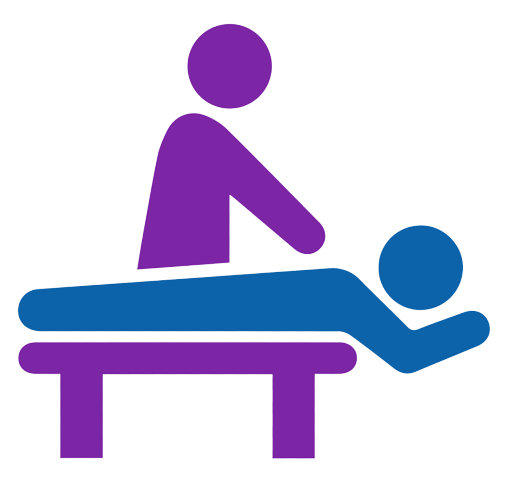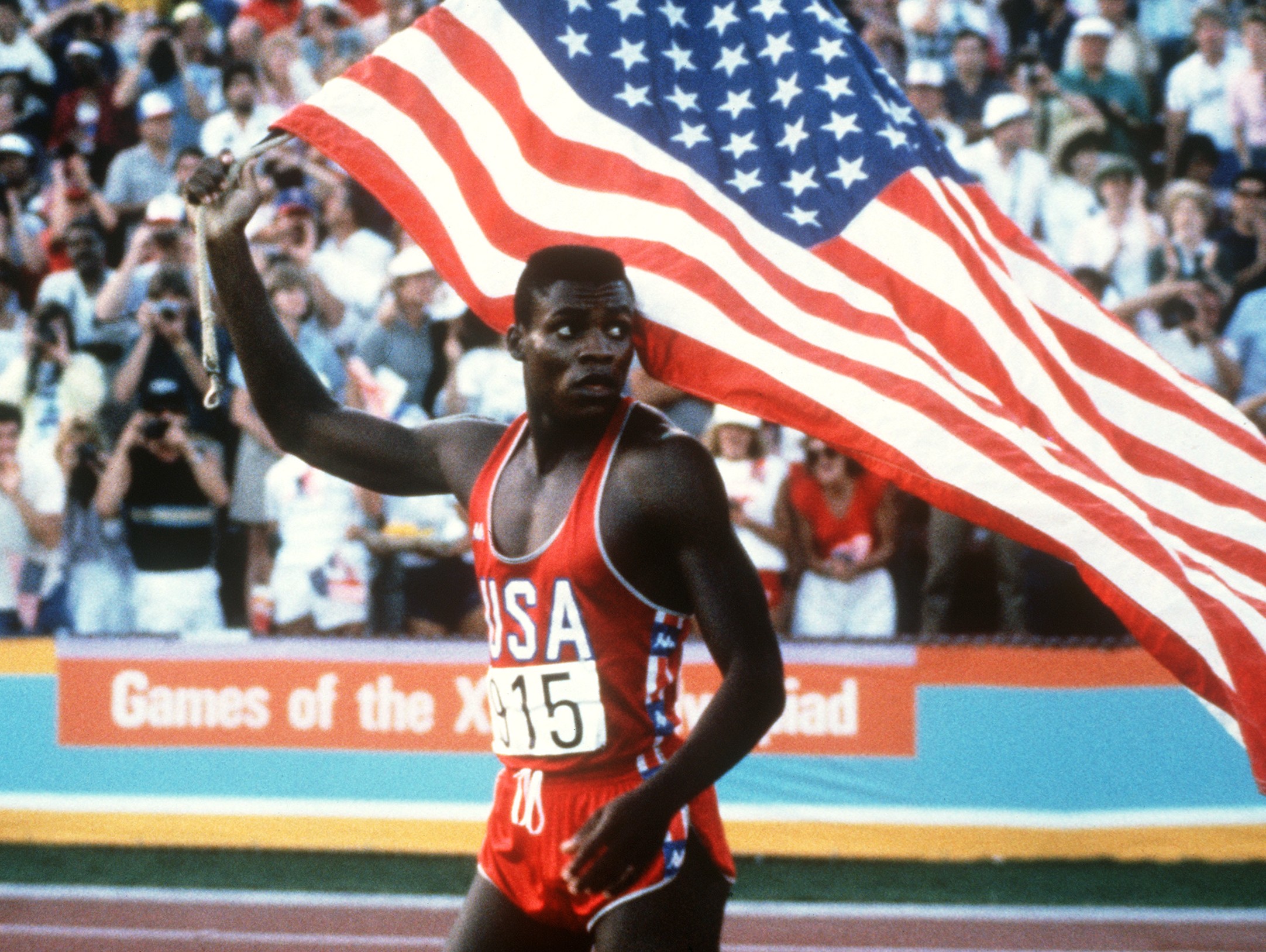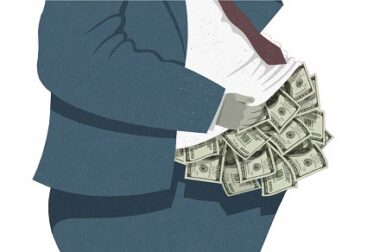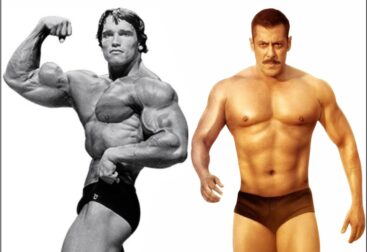Massage has been utilized in the treatment of illness and injury for thousands of years by health care practitioners. Chinese writings dating back to 2500 BC describe the use of this modality for a variety of medical purposes. Massage has been promoted as a treatment of choice for numerous conditions such as musculoskeletal injuries, cancer, stress, relaxation, and pregnancy. Athletes train hard to achieve their greatest possible performance in their chosen sport. However, rigorous training can lead to muscle tension, joint stress, and injury. This affects training and conditioning schedules, and ultimately performance. Physical therapists who specialize in sports medicine often utilize massage techniques to aid an athlete’s recovery from intense exercise or as a treatment option when performing clinical rehabilitation. Sports massage has been suggested as a means to help prepare an athlete for competition, as a tool to enhance athletic performance, as a treatment approach to help the athlete recover after exercise or competition, and as a manual therapy intervention for sports-related musculoskeletal injuries.
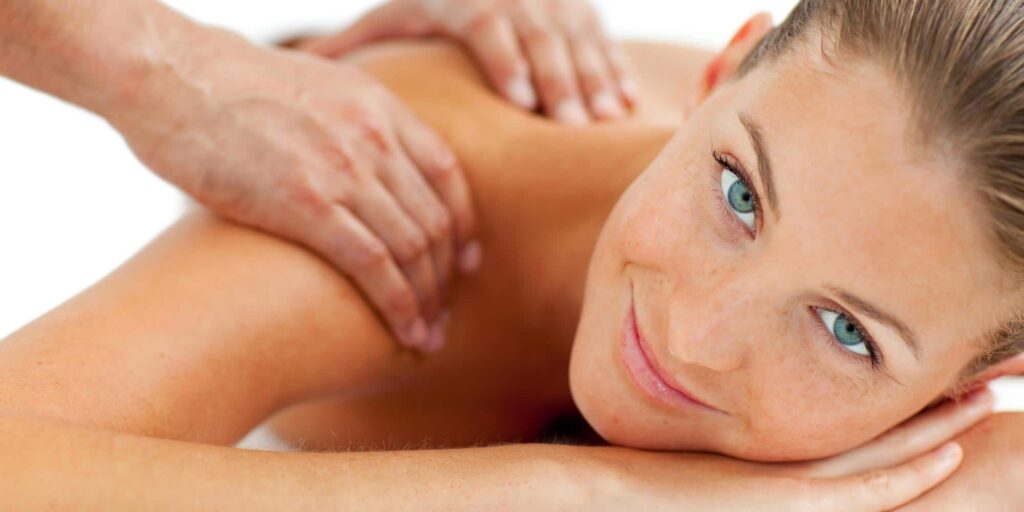
How sports massage benefits athletes
Delayed-onset muscle soreness (DOMS) prevents many athletes from training to their full potential. DOMs refers to muscle pain that develops a few hours after exercise. Although it is exercise-induced muscle pain, DOMS does not necessarily cause significant muscle damage. Heavy exercise may reduce the muscle’s capacity to relax and results in chronic muscle tightness and inflexibility. When muscles become inflexible, it causes soreness and increases the risk of muscle pulls and tears. It also decreases blood flow through tight muscle tissues (ischemia).Immediate treatment and rehabilitation help prevents the effects of heavy-exercised muscles effectively. Preventive techniques, such as a regular, routine sports massage, prepare the muscle tissues and flush toxins out from the body after a taxing training. Remedial massage therapists and other healthcare practitioners are trained to perform different strategies to deliver optimum results. Various studies document the physiological and psychological benefits of this therapy. Some of the reported benefits of sports massage include:
Muscle flexibility – Regular massage helps improve both range of motion and muscle flexibility. This allows the athlete to move correctly and effortlessly during training or in competition. It also tones the muscle by mechanically stimulating muscle reflex. Lack of flexibility and reflex causes the fibres to adhere together, creating knots that limit the range of motion. When left untreated, it can result in sore and tightness and restricts the muscles from performing its job.
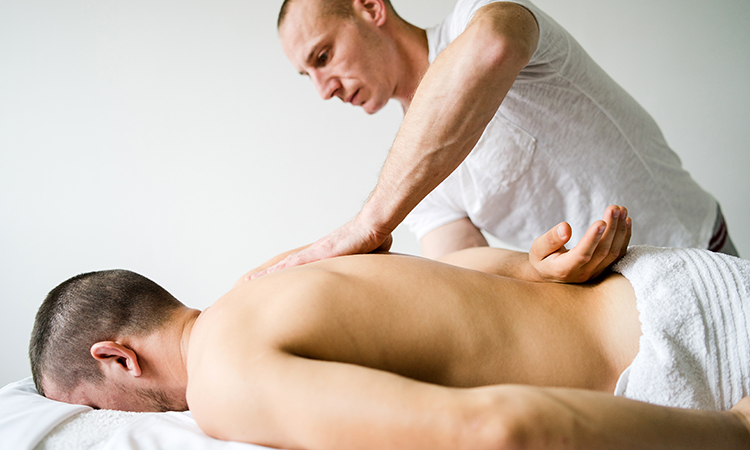
Reduced muscle fatigue – Muscle fatigue is common in athletes undergoing new training techniques and schedules or intense workouts. When the body senses an increase in the workload, the muscles will respond accordingly. However, the level of toxins, such as lactic acid, in the tissues increases as the muscles work harder. If left untreated, it can cause tissue damage over time. This damage can result in poor circulation within the muscles, leading to tightness and shortening of the tissue. Stiffness and soreness prevent athletes from performing at their peak. Routine massage therapy removes the buildup of lactic acid and other toxins in the muscles, alleviating pain and tension.
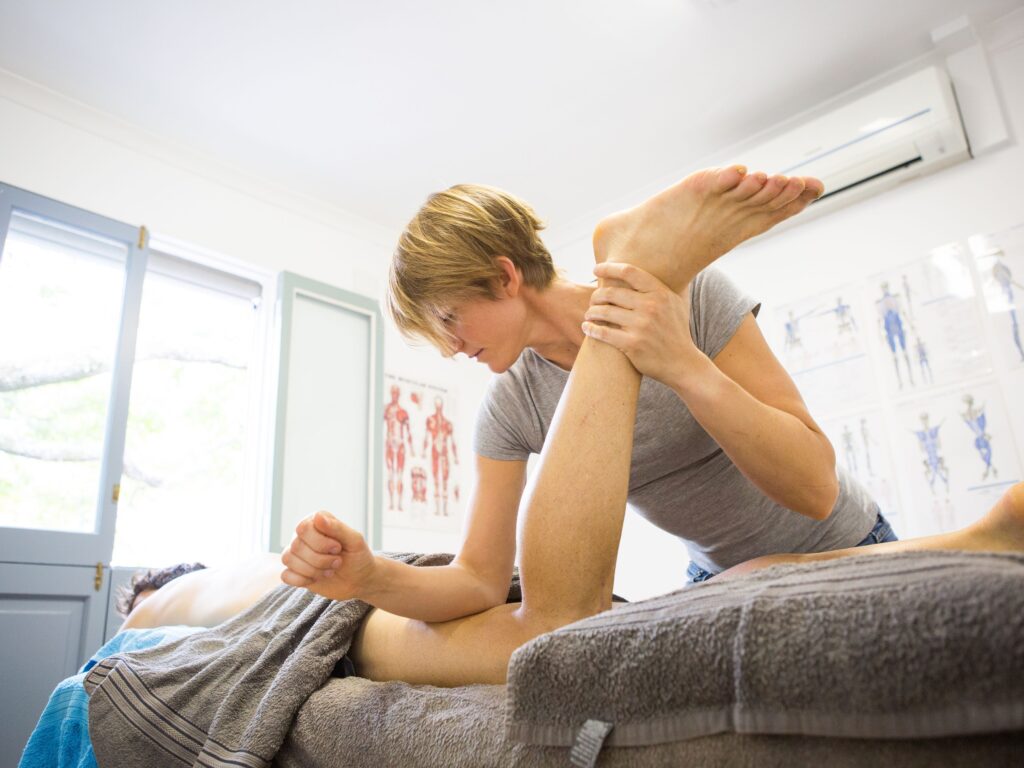
Increased blood circulation – When the blood can circulate properly throughout the body, it effectively removes the toxins caused by stress and fatigue. A good body massage increases blood circulation and flow and promotes fast recovery. Manual manipulation of the muscles helps blood to circulate at a quicker pace, improving oxygenation. It causes the blood vessels to dilate, which is crucial in supplying essential nutrients to the muscles tissue and eliminating toxic waste from the body at a faster rate. To successfully get rid of the toxins, health experts recommend drinking plenty of water after the session. This helps to flush the toxins effectively and reduce muscle soreness and tiredness. Improved circulation benefits pain-free training, allowing athletes to perform better.
Breaking down scar tissue – many athletes have a significant amount of internal scar tissue. This tissue is less elastic than normal muscle and ligament tissue, and can be better stretched through massage.

Pain reduction – no pain, no gain! Almost every athlete has incurred some pain as a result of their sport. Whether you are a cyclist or a hockey player, pain happens. One of the primary causes of pain is tight muscles and cramping, both of which can be alleviated with massage which also releases pain fighting endorphins into your brain.
Improved mental health – A healthy mind plays a key role in improved athletic performance. Success in competitive sports does not rely solely on physical strength. It also requires intense mental focus and concentration. Stress and pain prevent you from performing at your best. Sports massage therapy de-clutters the mind, activates the parasympathetic nervous system, relaxes the body, and keeps the cortisol level low. Getting a professional massage increases the levels of endorphin in the brain, lifting your mood and reducing pain. Endorphins boost mental health and reduce anxiety and stress levels. Healthy mind and body lead to enhanced sports performance.
The techniques used for sports massage therapy are similar to those used in deep tissue massage and can involve kneading, trigger pointing, friction and vibration, to name a few. Sports massage differs from deep tissue by targeting specific areas based on injury prevention or improving athletic performance.
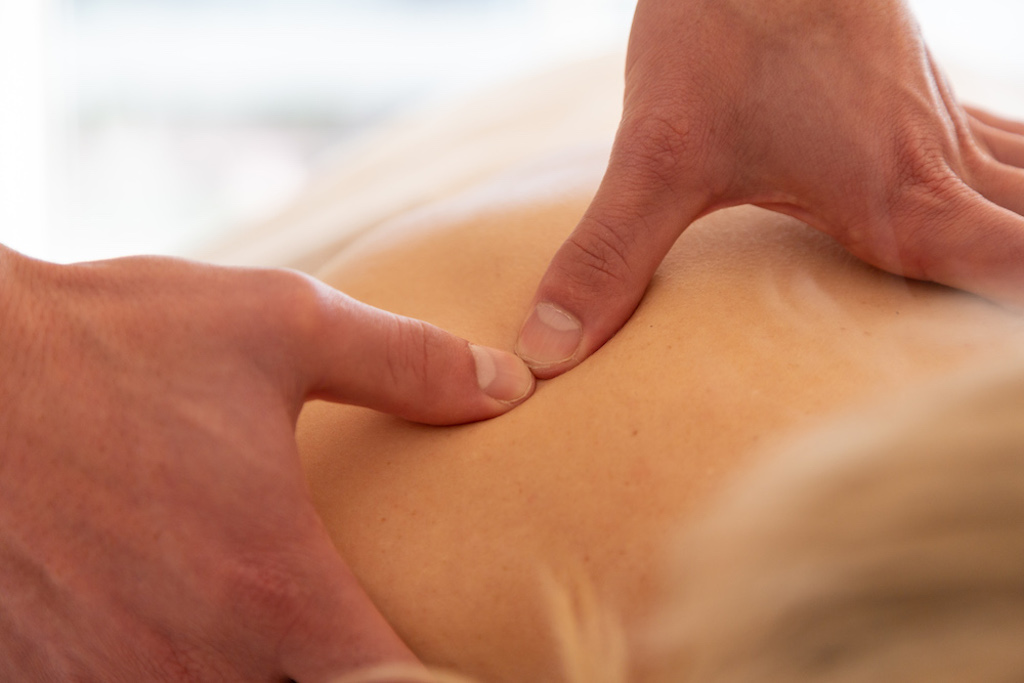
Frequency of sports massage: The frequency of sports massage sessions depends on personal and sports-related needs. Sports experts suggest a minimum of one massage per week during training as a preventive measure. Ideally, it is recommended to book a session with a licensed therapist before and after an intense training session.
Duration of sports massage: Licensed registered massage therapist helps determine if a sports massage therapy is right for you. A pre event massage can last for about 10 minutes whereas after event the therapist perform expert massage strokes for about 30 to 60 minutes.
Activities to avoid after a sports massage: Sports massage stretches and loosens those tight muscles and stimulates associated trigger points, so expect to be sore. Unless you’re specifically having a pre-event sports massage, you’ll want to take it easy after your massage, or you run the risk of undoing all that valuable soft-tissue work. This means no strenuous exercise or training sessions for at least 24 hours. Here are some activities to avoid after your sports massage:
- Running
- Weight-lifting
- HIT aerobics
- Power yoga
Some gentle stretching, yoga, walking, or a soak in a salt bath will help with the soreness and better help your body see the benefits of sports massage.
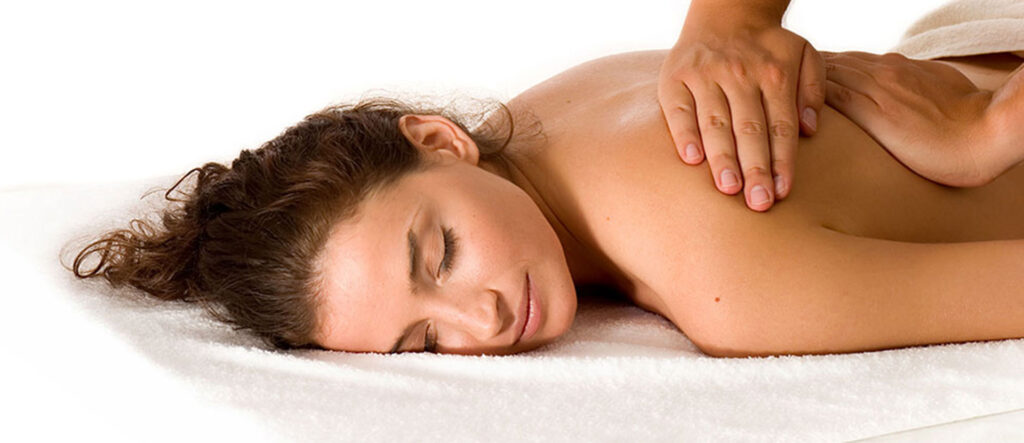
When to avoid sports massage: Athletes with bleeding disorders, recent surgery, fractured bones, open wounds, and acute ruptured tendon should consult their healthcare provider before booking a sports massage session.
In addition to its benefits, this type of sports therapy is proven safe and without side effects. With that in mind, it is easy to see why sports massage therapy is an essential factor in improving athletic performance.

Dr Saranjeet Singh
Fitness & Sports Medicine Specialist
Lucknow (UP), INDIA

